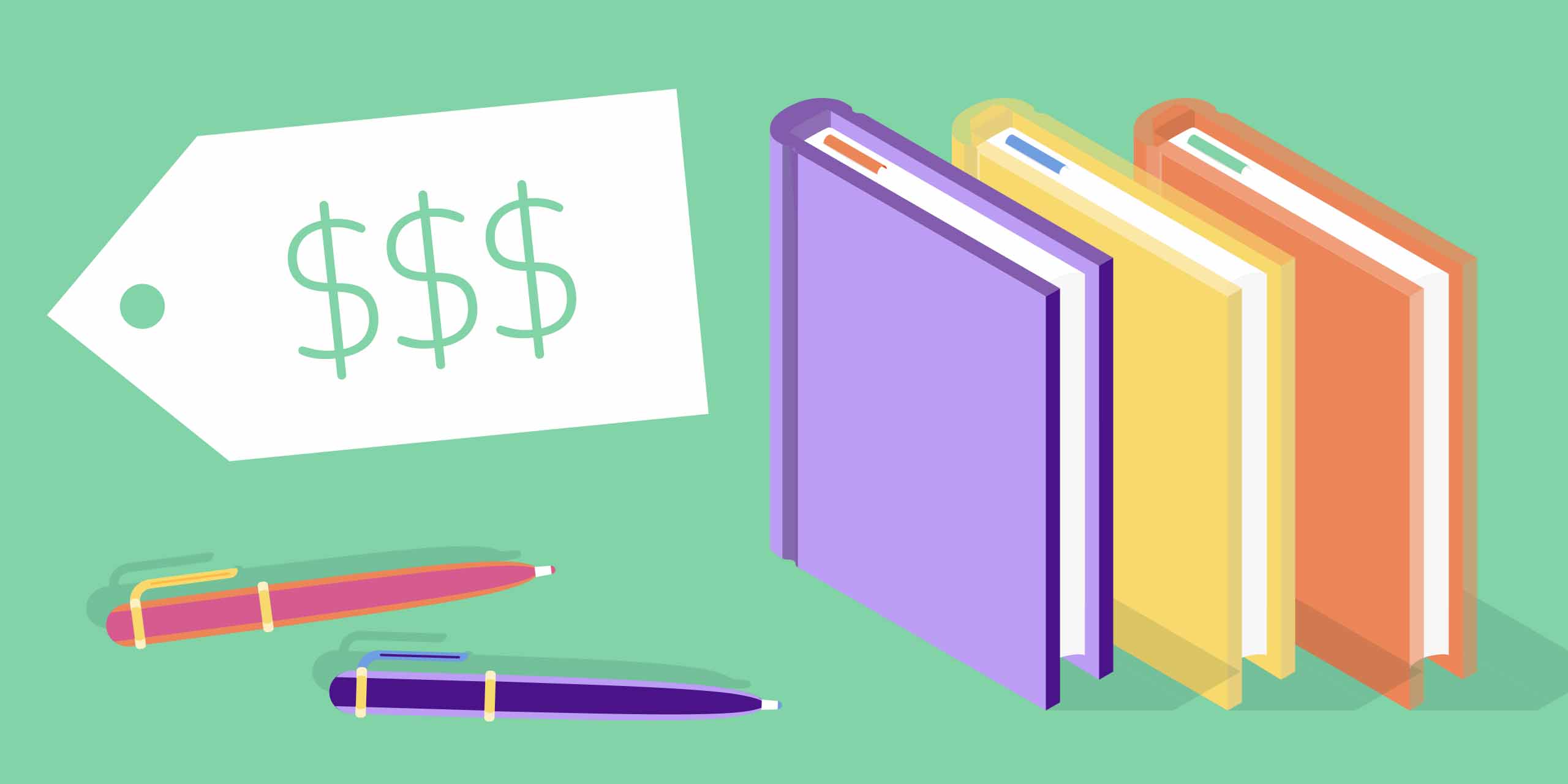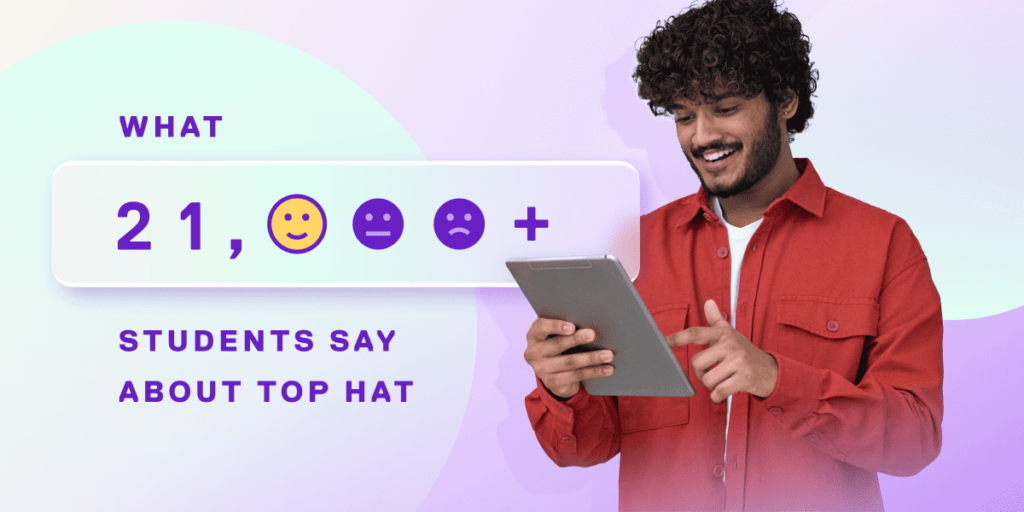Print textbooks have been posing problems for students for years. They’re static, outdated and come at hefty prices.1 Not to mention that new editions are usually released three times a decade—forcing students to buy the most recent edition if they hope to keep pace in class.
Here, we look at what new editions mean for publishers and what challenges students and professors face as a result.
Practicality and improvements
Approximately 70 percent of publishers release a new edition of their book every three or four years2. From the perspectives of major publishers such as Pearson and McGraw Hill, new editions are essential to keep business rolling. The price of books rises in tandem with every new release. McGraw Hill’s Genetics: From Genes to Genomes, for example, is currently on its sixth edition. It was released in 2017 and is priced at $242—more than double the cost of the fifth edition. Released in 2014, the fifth edition’s initial price was similar to what the sixth edition costs today, but because it’s no longer the most recent edition, it now sells for $95—almost a 60 percent difference in cost.
George Washington University professor Henry Farrell, in a 2015 article for The Washington Post, argues that publishers invest much of their time delivering sales pitches to potential clients. Once a professor adopts a book, they’re unlikely to explore other resources because the course is developed, meaning there’s significant lock in even if the text is updated. Publishers may also be keen on revamping a book every few years to limit the second-hand market, where students can buy and sell books from one another on websites such as Kijiji or Craigslist. In his article, Farrell argues that publishers have limited the accessibility to lower-cost international versions of their textbooks too3.
Major publishers are doing all that they can to ensure students continue to buy new books. Still, new editions may be sometimes justified from the professors’ point of view: they may require all students to buy the newest version of a book so that there’s unity when teaching and answering problems as a group. A new edition may also reflect new discoveries and research—especially in STEM fields. Some material in older books may be outdated and some professors may adjust their syllabus to make room for new improvements in a subject area.
However, the changes in newer editions are usually minimal and are generally not mandatory. Recent editions may have reordered chapters or changes in page numbers while others may have tweaked their homework problems and solutions. And when textbooks are updated at the speed they are, professors have to work harder—update their assigned reading materials and syllabus to ensure chapters and page numbers are aligned between a book and a learning management system.
Some solutions
The rapid cycle of new editions is a burden for students and professors alike. For some courses where the content is not expected to change much over time, Open Educational Resources (OER) present a cost-effective, easily accessible option to student learning. These resources are publicly accessible and enable free use and redistribution, and can be adapted by professors who can build the core of their courses around them without worrying about changes that might come up.
For students who don’t plan on keeping their books upon completing a course, a rental program may be another way to go. If the book is likely to go out of date, renting it for a term is a much more cost-effective option than purchasing it. Amazon’s rental program is one of several that enable students to save on their materials; many campuses and student organizations run their own rental programs, too.
Finally, Top Hat Textbook poses a permanent solution that professors and students can equally benefit from. Textbooks authored in Top Hat are customizable and are always up-to-date—because they’re digital, editions no longer exist. Information stays relevant because they’re easy to update. Top Hat’s Catalog also houses plenty of fully packaged OER, including question packs and interactive learning aids. And with over 90 percent of material on Top Hat’s Catalog offered for free, Top Hat is capitalizing on OER to drive student success in the higher ed classroom for decades to come.
References
- A. K. (2010, August 16). Eliminate Print Textbooks, Go Digital. Retrieved July 3, 2019, from https://www.nytimes.com/roomfordebate/2010/07/25/the-real-cost-of-college-textbooks/eliminate-print-textbooks-go-digital
- Bourque, D. (2018, September 21). Latest textbook editions put an extra burden on students. Retrieved July 3, 2019, from https://pittnews.com/article/135562/uncategorized/latest-textbook-editions-put-an-extra-burden-on-students/
- Farrell, H. (2015, October 21). College textbooks are a racket. Retrieved July 3, 2019, from https://www.washingtonpost.com/news/monkey-cage/wp/2015/10/21/college-textbooks-are-a-racket/?utm_term=.57bd57d0ec4b


